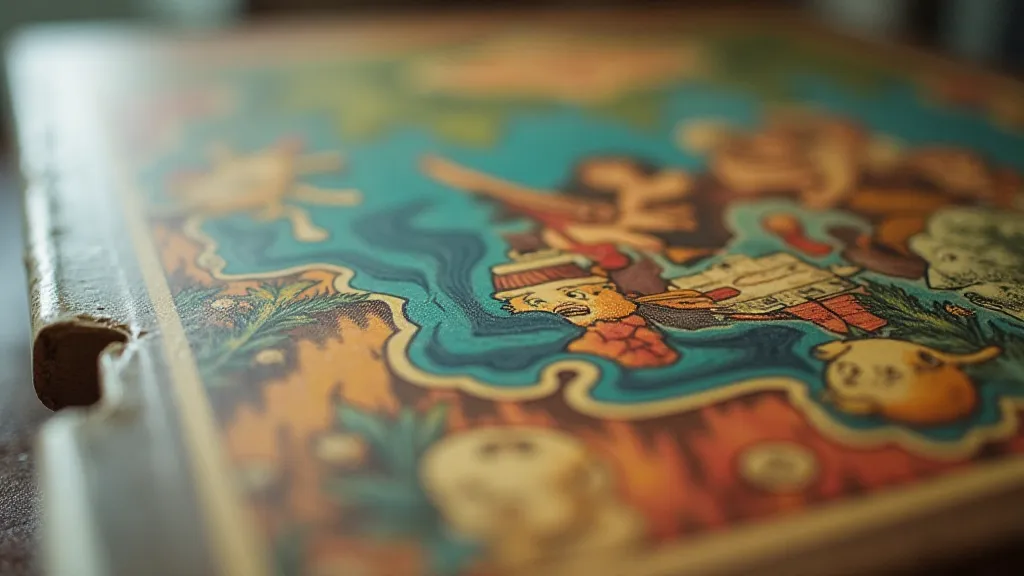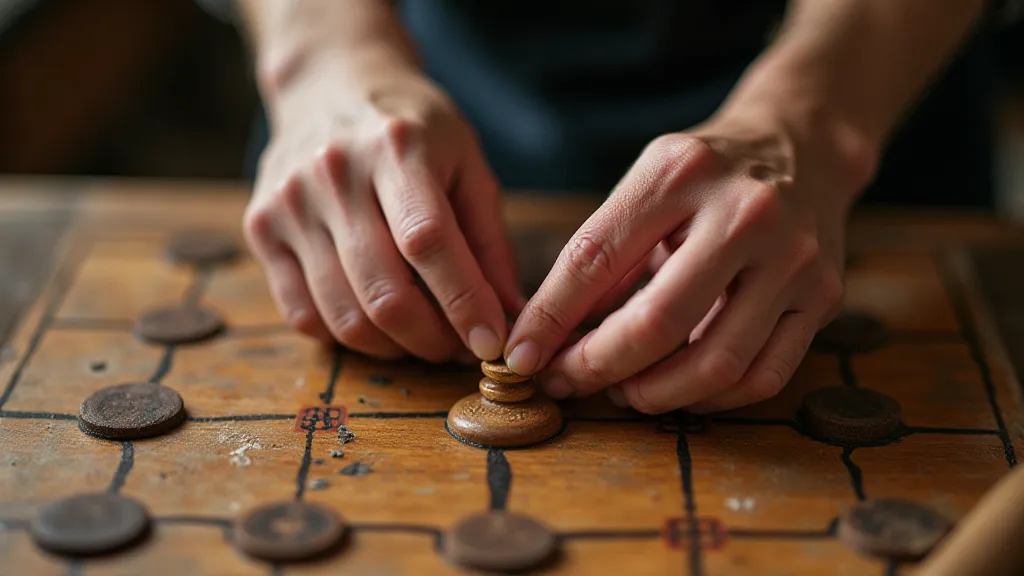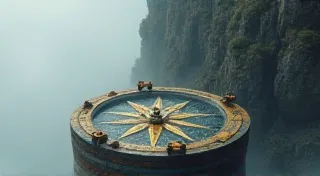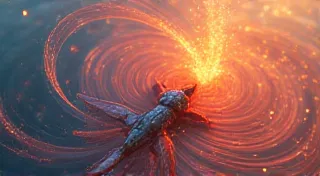The Cartographer's Lament: How Uncharted Territories Define Board Game Innovation
There's a peculiar sadness that settles over me when I hold a truly forgotten board game. It’s not just the dust, the brittle cardboard, or the faded artwork. It’s the sense of lost potential, of a spark of ingenuity extinguished by shifting tastes and the relentless march of novelty. These aren't simply games; they're echoes of a time when imagination wrestled with limitations, forging something unique, something… human.
Think of an antique accordion. Its bellows, once pulsating with vibrant melodies, now sit silent. The intricate keys, crafted with painstaking precision, no longer dance beneath nimble fingers. There’s beauty in its stillness, of course – a testament to the artistry of its creation – but also a poignant reminder of its lost function. Forgotten board games are much the same. They were designed to be played, to spark laughter, strategizing, and connection. Yet, circumstance intervened, leaving them adrift in the vast ocean of discarded treasures.
The Age of Constraint: Where Innovation Blooms
The modern board game landscape is overflowing. A thousand new titles clamor for attention each year, boasting dazzling components, complex rules, and sprawling narratives. This abundance, ironically, can stifle true innovation. The pressure to be “bigger,” “better,” and more visually stunning often overshadows the core element of what makes a game truly special: its gameplay.
Vintage games, especially those from the mid-20th century, operated under very different conditions. Manufacturing was more expensive, components were often recycled or improvised, and the assumption wasn't that players demanded elaborate miniatures or glossy cards. These limitations, however, acted as powerful catalysts for creativity. Game designers were forced to be ingenious, leveraging simple mechanics and imaginative themes to create compelling experiences.

Beyond Monopoly and Clue: Examples of Ingenious Adaptation
Consider "Avalanche" (1963), a game where players strategically dislodge pieces representing an avalanche to trap their opponents. Its simplicity is deceptive; mastering the delicate balance of momentum and risk requires genuine skill. It wasn't about complex narratives or sprawling maps. It was about a core mechanic explored to its fullest potential. The game’s visual design—a stark contrast of black and white, mirroring the unforgiving nature of a mountain—further enhances the tension.
Then there's "Safari Hunt" (1965), a game where players use dice rolls to navigate a jungle landscape and attempt to photograph elusive animals. The game’s charm lies not in elaborate wildlife illustrations (though those are present), but in the pure, almost manic energy of chasing after creatures on a static board. It's a surprisingly chaotic and delightful experience, born from the need to entertain with minimal resources.
Many of these games eschewed elaborate backstories in favor of focusing on immediate gameplay. A game might simply instruct you to “collect butterflies” or “build a railway empire,” leaving the imaginative details up to the players. This fostered a sense of co-creation, blurring the lines between designer and participant. They were invitations to imaginative play, rather than rigid rulebooks.
Craftsmanship and the Ghosts of the Makers
Handling these older games is more than just playing; it's connecting with a tangible past. The quality of the components, even in seemingly simple games, is often remarkable. The cardboard is thick and durable, the wooden pieces are precisely cut, and the printing, while sometimes imperfect, possesses a unique charm that digital reproductions simply can’t replicate. You can almost feel the hands that crafted them, the dedication to their craft, even if their names are lost to time.
Restoration is a delicate process. It’s not about making these games look new; it’s about preserving their character, their history. A careful cleaning, a gentle repair to a broken corner, a careful replacement of missing pieces – these are acts of reverence, allowing these artifacts to continue their silent testimony to a bygone era.

The Creative Constraint: A Parallel to Writing
This concept of innovation born from constraint isn't unique to board game design. It’s a principle that resonates deeply within creative writing. Think of the sonnet form: fourteen lines, a strict rhyme scheme, a mandated volta (turn). These limitations, far from hindering creativity, force poets to find new and inventive ways to express themselves. The most beautiful and profound poems often emerge from the tightest confines.
Similarly, the scarcity of resources in vintage game design spurred inventors to maximize impact. A limited color palette pushed artists to prioritize composition and storytelling. The challenge of creating engaging gameplay without complex narratives forced designers to focus on core mechanics and intuitive rules. The best board games of this era are lessons in elegant design, proving that less can truly be more.
Collecting & Preservation: Keeping the Memories Alive
Collecting forgotten board games is more than just acquiring artifacts; it's an act of preservation. It's about safeguarding a piece of cultural history, ensuring that these games aren't lost to the sands of time. Many of these games are extremely rare, their existence known only to a handful of dedicated enthusiasts. Finding them can be a thrilling hunt, a journey into the forgotten corners of antique stores, flea markets, and online auctions.
But beyond the thrill of the hunt, there's a deeper responsibility. These games deserve to be played, to be experienced by new generations. It’s a way to honor the ingenuity of the designers and the craftsmanship of the makers, to keep the memories alive. Imagine the joy of introducing a child to “Avalanche” or “Safari Hunt,” watching their eyes light up as they discover the simple pleasures of a game crafted with such care and imagination.

A Lament, and a Celebration
There is, undeniably, a lament for the games that are forgotten, for the lost opportunities, for the silent artistry. But alongside that lament, there’s a profound sense of celebration – a celebration of human ingenuity, of the enduring power of play, and of the beauty that can be found in the simplest of things. These forgotten board games are a reminder that true innovation doesn’t always require the latest technology or the most elaborate designs. Sometimes, all it takes is a few pieces of cardboard, a spark of imagination, and a willingness to embrace the constraints that can ultimately unlock the most extraordinary creations.





